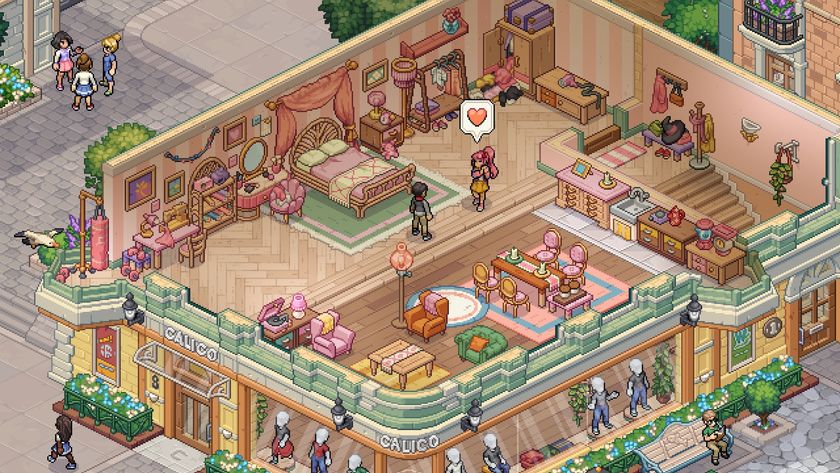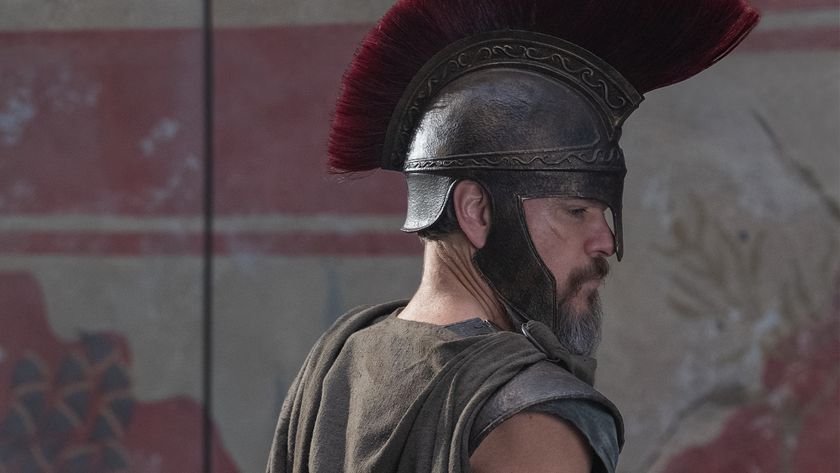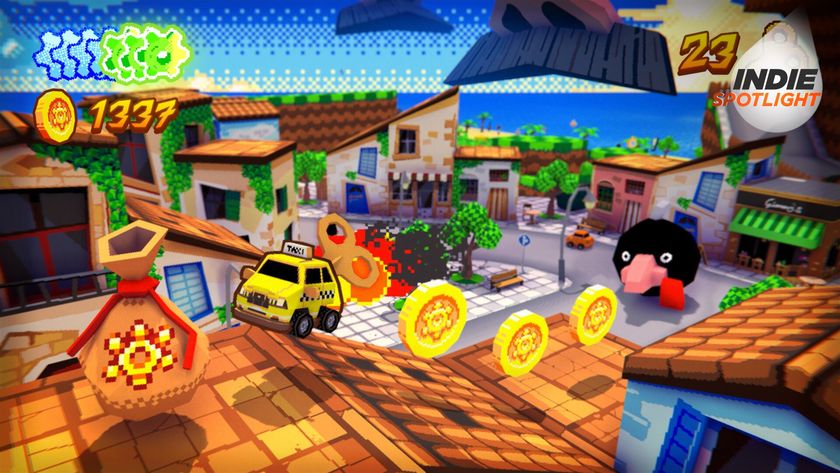After 10 years making StarCraft, one Blizzard veteran is making a blisteringly fast RTS that's far more welcoming than the strategy giants
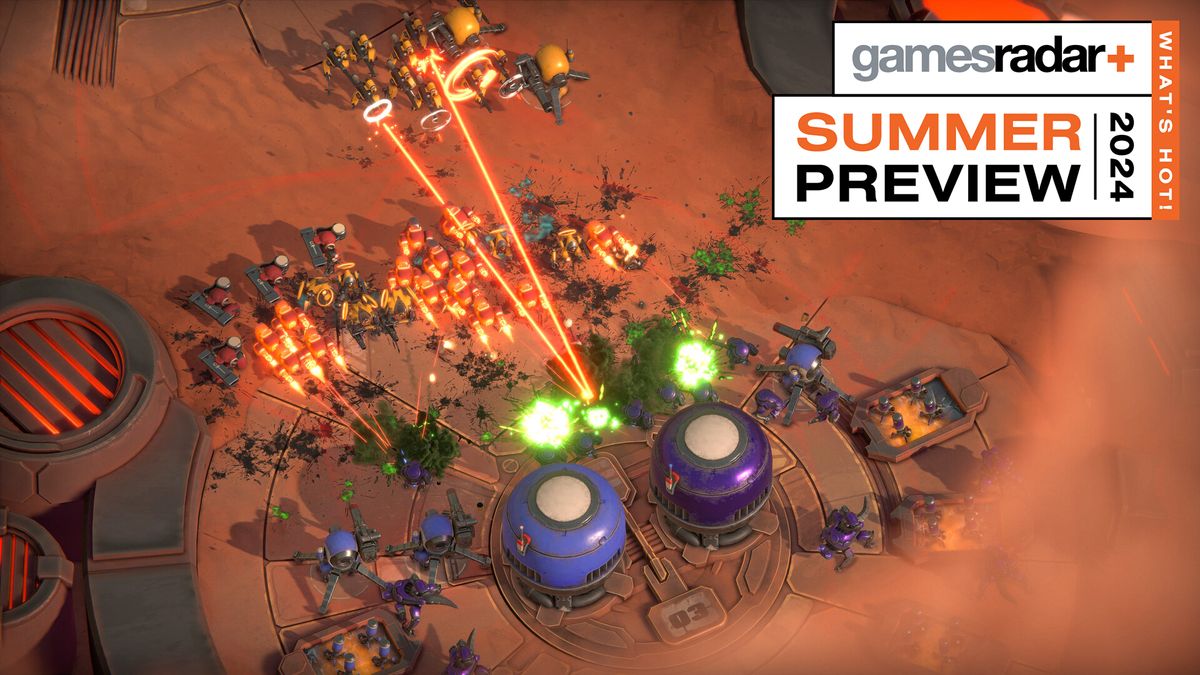
With just a couple of minutes left on the clock, I put my plan into action. Having walked me through a couple of different strategies, Battle Aces game director David Kim has taken off the training wheels, letting me loose on the aggressive push-and-pull of his "paradigm-shifting" strategy game.
I'm playing with an army full of Recall units. Relatively weak, slow-moving ground units, their strength comes in the fact that they're both extremely cheap to build and surprisingly mobile. That's because their name refers to their ability to teleport to a nearby base after a brief delay. I've been using them to harry my enemies for this entire match, rushing a group of them into a skirmish before porting back to safety, hopefully taking a couple of resource-gathering workers down and getting out before the cavalry shows up.
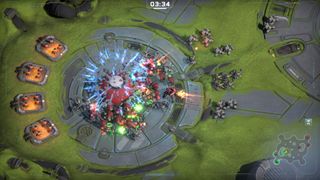
While I've been harassing those enemy workers, my own have been largely untouched, and I've now bought enough time to upgrade my base and build a large number of disposable Bomber units. While I continue to poke and prod with my Recalls on one side of the map, I position the fast-moving bombers at the opposite edge. As I finally draw my opponent into a straight-up fight, I run the bombers into their base, wiping out the workers, crippling their economy, and allowing me to roll over them with a reserve squadron of tanks.
All your base are belong to me

All of this happens inside nine minutes. Kim is a 10-year veteran of StarCraft 2, but in our time together he emphasizes that the months-long learning curve of that iconic RTS is something he's keen to avoid in Battle Aces. Everything is simplified - each player can take just eight units into battle, deciding which of two upgrade trees they might like to rely on. Building and resource management are relegated to just a handful of buttons, a choice that Kim says was made to allow players to keep their eye on the fighting, and facilitate skilled players to have battles on multiple fronts, without having to jump back to micro-manage.
Between that simplicity and Battle Aces' smaller maps, it might seem that it couldn't match the complexity that the RTS community has looked to across the likes of StarCraft and Age of Empires. But Kim is adamant that while this game has been made to act as an alternative to those classics, genre veterans have been effusive in playtests, diving into a deep, interconnecting web of different units to unlock unit counters, new strategies, and the kind of nail-biting finishes that might once have required two players with years of experience in a single game.
Rock-paper-scissors-lizard-Spock
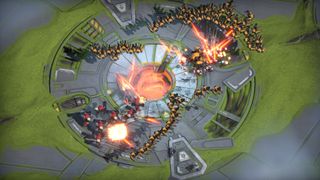
Peculiarly, Battle Aces has enabled that depth by streamlining its armies. Each player can only take eight units into battle, divided along two upgrade paths. As a general rule, Foundry units are slightly beefier ground units, while Starforge units are faster, aerial fighters. At the start of each game, you'll also have access to Core units, which form the basis of your early armies. The Foundry and Starforge can each be upgraded twice, each upgrade granting access to an increasingly powerful unit. A fourth and final unit type adds a further layer of complexity, as you have to pick whether you want to unlock them with your second or third upgrade; pick a second-level upgrade, and you'll have more tools with which to attempt to counter your opponent, but you might lack firepower in the late-game; pick a third-level, end-game option, and you could be swarmed before you get a chance to play your ace.
I say 'late-game', but in reality I'm talking about little more than five or six minutes. Battle Aces fights are extremely fast, but each one is a case of counters and counter-counters. Enemy units are hidden in fog of war, but you'll be able to see what upgrade paths they're looking for, which units they're planning to build, and even exactly where their economy-boosting bases can be found. With each decision they make, you'll be forced to make your own in an attempt to keep pace. Fights were rarely complex, but I still found myself struggling to keep pace, even amid all those simplified building tools and streamlined UI.
Sign up to the 12DOVE Newsletter
Weekly digests, tales from the communities you love, and more

With its science-fiction roster and potential for brutality, StarCraft's DNA can certainly be felt within Battle Aces. Deeper than it appears, its apparent simplicity belies a game that's prepared to punish you if you're not ready to answer your opponents' challenges. What it offers in return, however, is an experience that speaks to the ideals of Blizzard's strategy giant, all while making a concerted effort to open the genre's doors to all comers, regardless of experience.
For more previews right out of Summer Game Fest, make sure to check out our Summer Preview hub.

I'm GamesRadar's news editor, working with the team to deliver breaking news from across the industry. I started my journalistic career while getting my degree in English Literature at the University of Warwick, where I also worked as Games Editor on the student newspaper, The Boar. Since then, I've run the news sections at PCGamesN and Kotaku UK, and also regularly contributed to PC Gamer. As you might be able to tell, PC is my platform of choice, so you can regularly find me playing League of Legends or Steam's latest indie hit.
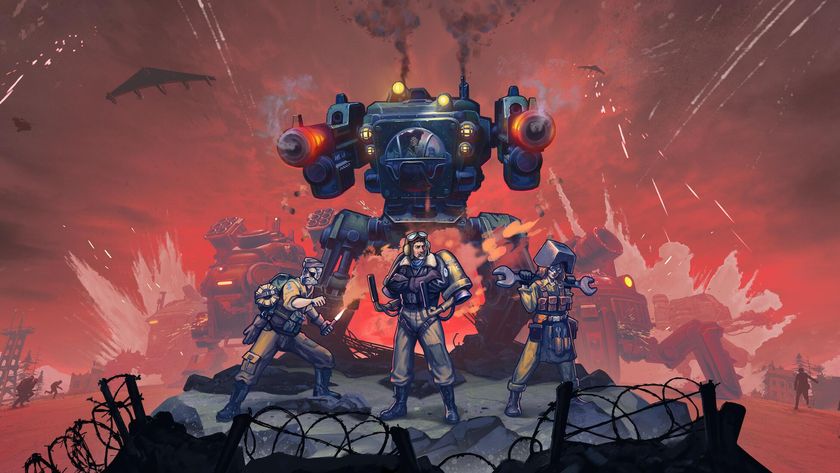
This roguelike strategy game puts you in charge of a dieselpunk alt-WW2 mech squad, and its Steam Next Fest demo is wonderfully bite-sized

EA is "releasing the fully recovered source code" for 4 classic Command & Conquer titles, and it's the best thing a major publisher can do for game preservation









